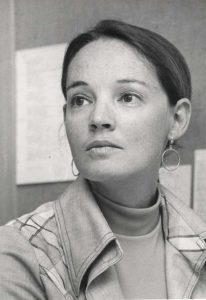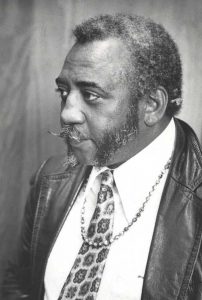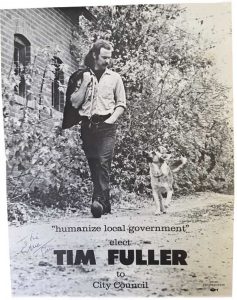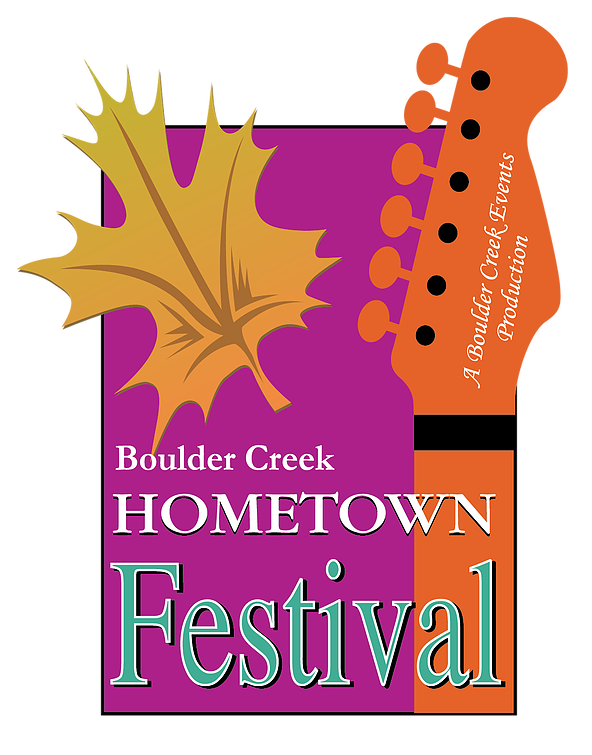Boulder’s LGBT history: from ‘the Hate State’ to the Supreme Court
01 Sep 2016
Boulder’s LGBT history has many lessons to teach, including that backlash often follows progress.
By Carol Taylor and Glenda Russell


‘Deviates’ and ‘Weirdos’
The story was front page in the Daily Camera and then became national news. Johnny Carson got some laughs on The Tonight Show when he mentioned the wacky town in Colorado that was handing out marriage license to “homosexuals.” As word spread, five other same-sex couples received licenses before the Colorado Attorney General halted the process. Hate letters poured into Rorex’s office. She faced insults, hundreds of obscene telephone diatribes and death threats. Letters to the Daily Camera again referred to the Bible and Sodom and Gomorrah. One Boulder pastor wrote, “Boulder has enough ‘freaky’ things taking place without your adding to the problem by issuing a marriage license to two homosexuals.” A Camera editorial stated, “It is sad and repugnant to have to publish information of this kind. … The unsavory publicity about Boulder and the damaging effects on its reputation do not reflect the true character of our community. The deviates, weirdos, drones and revolutionaries are in the rank minority.” Wise, Rorex’s legal advisor, was also a target. There was again talk of a recall. In the wake of the controversy, Rorex moved to California to get married, and never held elected office again. Once more, a powerful ally to the struggle for LGBT rights in Boulder was thwarted.Boulder Voters Begin to Turn Around
After seeing the hateful reactions to the ordinance amendment and the marriage licenses, many LGBT residents chose to hide their sexual orientation from the public, fearing retribution. LGBT people felt vulnerable and unprotected in Boulder. Through most of the 1980s, they lacked protections against discrimination. In the early 1980s, they began a grassroots effort to care for those who became infected with HIV/AIDS. Supportive allies in the city and county, such as Boulder County Public Health, eventually joined in to help them. In 1987, a group of young lesbians tried unsuccessfully to enlist a council member to introduce a new amendment to include sexual orientation in the Human Rights Ordinance. (Aspen, in 1977, had became the first Colorado city to pass such a measure.) A few council members lent verbal support, but none was willing to sponsor the amendment before council. The activists’ group then collected signatures to force a referendum. Enough Boulder voters had changed their minds that the amendment passed—though by fewer than 300 votes. The law made it illegal to discriminate in employment, housing and public accommodation on the basis of a person’s sexual orientation.












